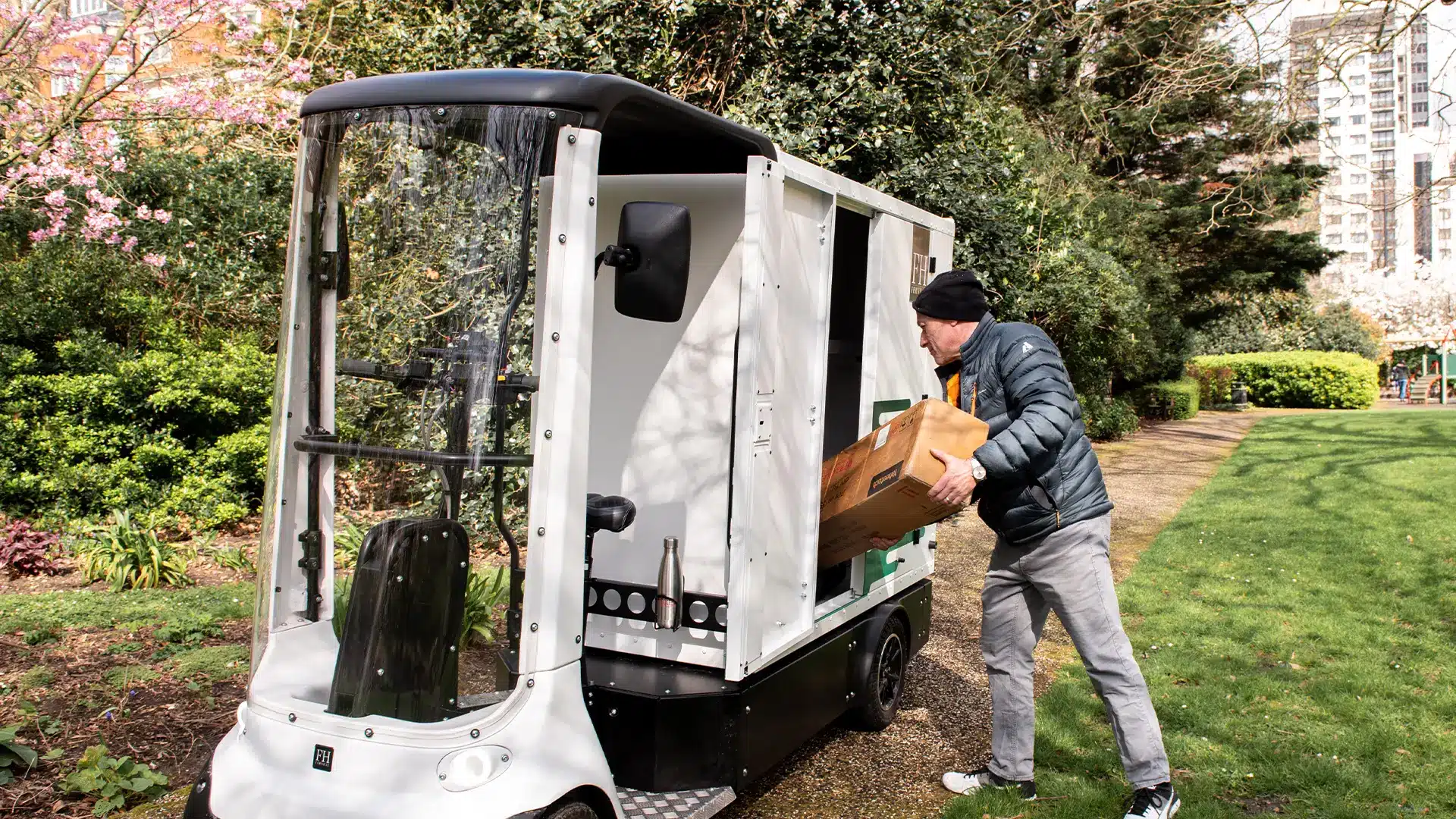The discussions on climate change and carbon footprints have ushered in an age where businesses and individuals alike are making eco-conscious choices. In the hustle and bustle of urban environments, the transport sector emerges as a significant contributor to carbon emissions. E-cargo bikes, heralded as the green revolution’s front-runners in the transport arena, promise to curb these emissions. But how do they fare when we crunch the numbers? Let’s delve deeper into the carbon footprint of an E-cargo bike from Fernhay.
Understanding Carbon Footprint
Before we navigate the world of E-cargo bikes, it’s crucial to get a grasp on what a carbon footprint entails. In simple terms, it measures the total greenhouse gas emissions caused directly or indirectly by individuals, organisations, events, or products. These emissions predominantly include carbon dioxide but also encompass other gases like methane and nitrous oxide.
The Birth of an E-Cargo Bike: Manufacturing Emissions
Like all products, the creation of an E-cargo bike incurs some carbon emissions. From extracting raw materials to the manufacturing process, each phase has a carbon cost. However, compared to larger vehicles like cars or lorries, the footprint is substantially lower.
Operational Emissions: Almost Zero!
E-cargo bikes operate on electrical energy, usually harnessed from batteries. Unlike traditional vehicles, they emit no direct tailpipe pollutants, making their operational emissions nearly negligible. As long as the electricity comes from renewable sources, E-cargo bikes maintain an impressively low carbon profile.
Maintenance and Longevity
Maintaining an E-cargo bike typically involves replacing batteries and occasional parts. The energy and materials required for this upkeep contribute minimally to its overall carbon footprint, especially when compared to the frequent and resource-intensive maintenance that cars demand.
A Comparative Glance
Consider this: an average car emits about 120g of CO2 per kilometre. In stark contrast, the carbon footprint of an E-cargo bike, even after accounting for all production, operational, and maintenance emissions, is just a fraction of this.
Beyond Carbon: The Wider Environmental Picture
E-cargo bikes don’t just shine in the carbon debate. Their smaller size reduces road congestion, they emit no air pollutants, and their quiet operation contributes positively to urban noise pollution levels.
How Can You Make a Difference?
Switching to Fernhay E-cargo bikes for your business can lead to a dramatic reduction in your carbon footprint. If you’re keen on contributing to a more sustainable future, investing in an E-cargo bike is a step in the right direction.
The Road Ahead
As urban spaces continue to evolve, the push towards greener, more efficient transport solutions grows stronger. Fernhay E-cargo bikes, with their minimal carbon footprint, are poised to lead this transformative and eco-friendly journey.
The numbers don’t lie. E-cargo bikes offer a sustainable solution that considerably reduces the transport sector’s carbon footprint. By opting for this green mode of transport, we not only contribute to a cleaner environment but also pave the way for future innovations in sustainable urban mobility.
E-cargo bikes from Fernhay not only reduce direct carbon emissions but also offer broader environmental benefits. Unlike traditional vehicles, which have significant environmental costs from production to disposal, E-cargo bikes have a minimal footprint. Their production, maintenance, and recycling are more sustainable, making them a comprehensive eco-friendly transport solution. Contact Fernhay today and make the first step in reducing your carbon footprint!

